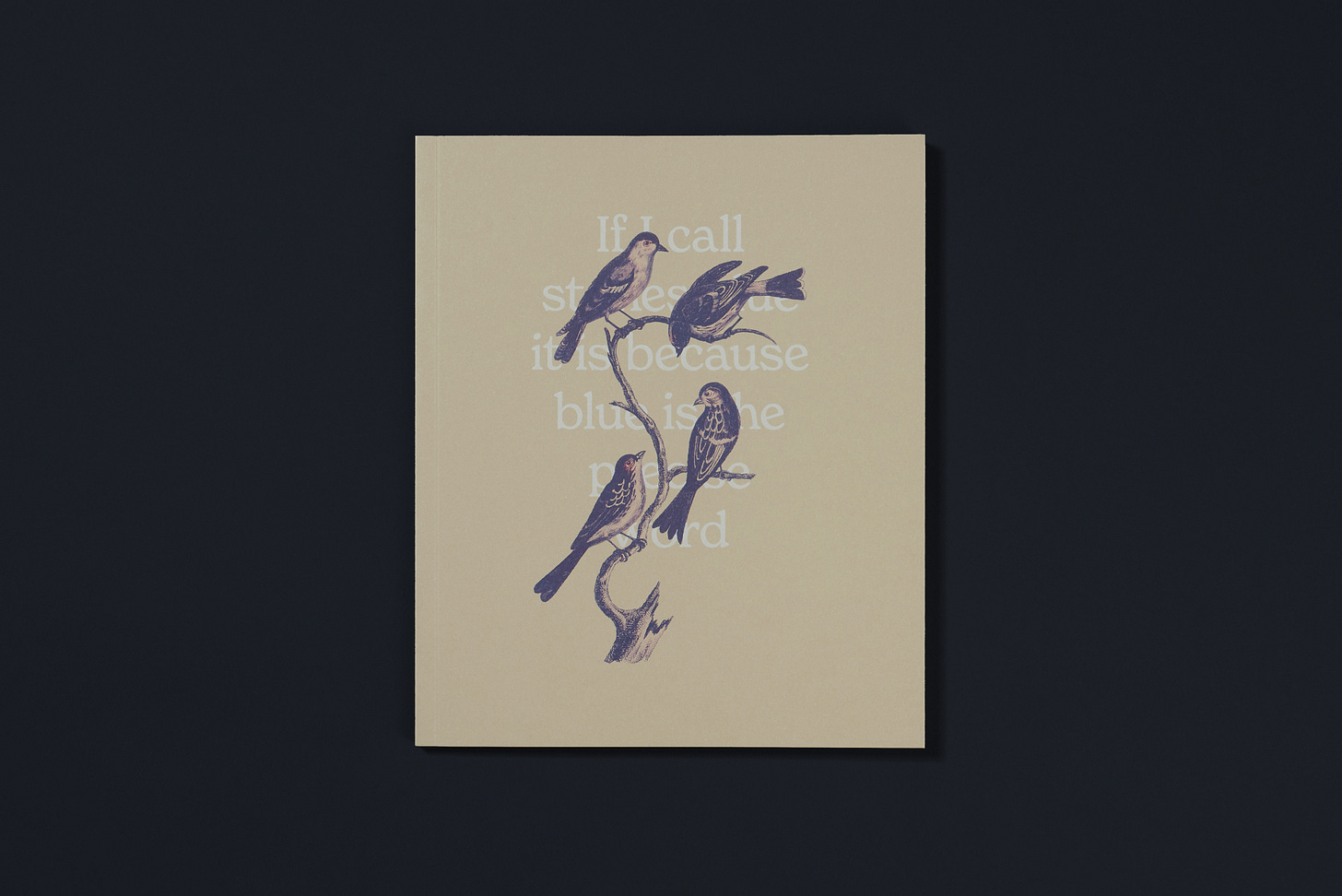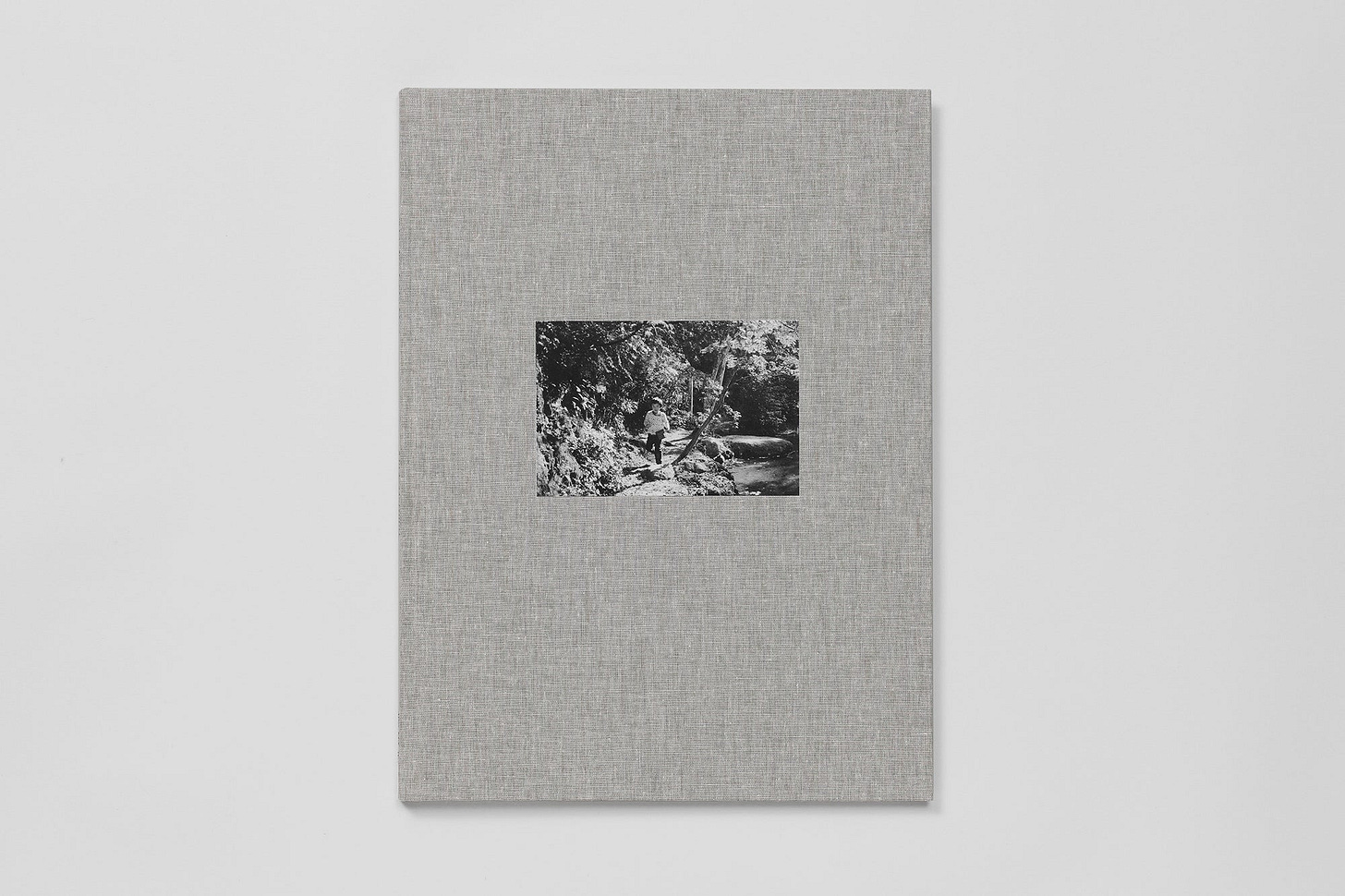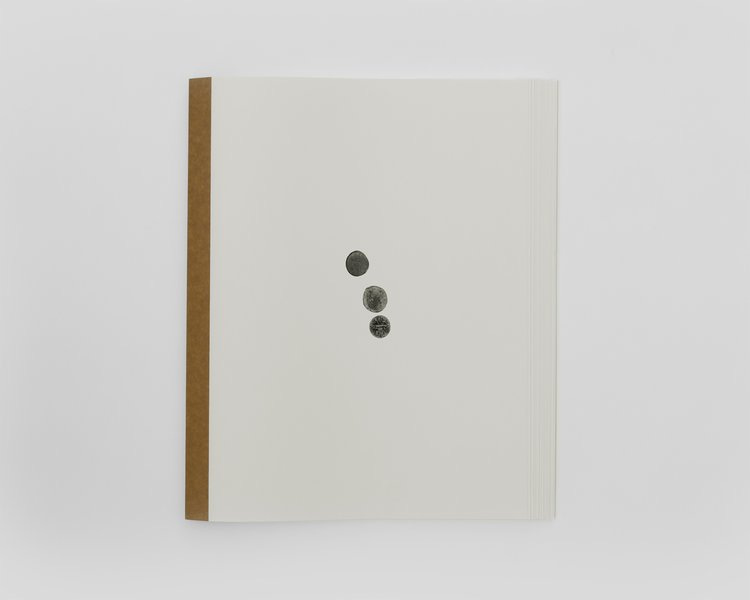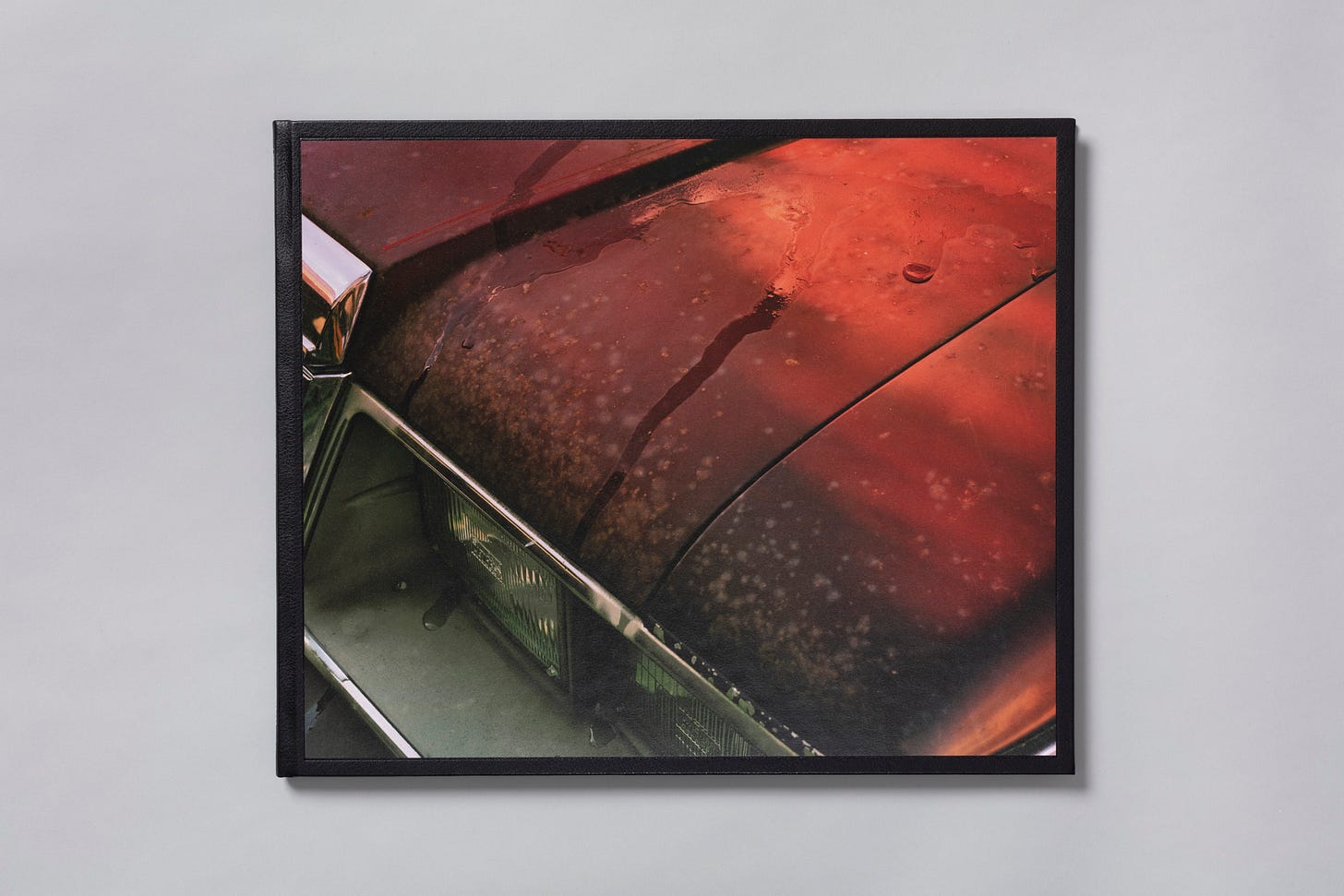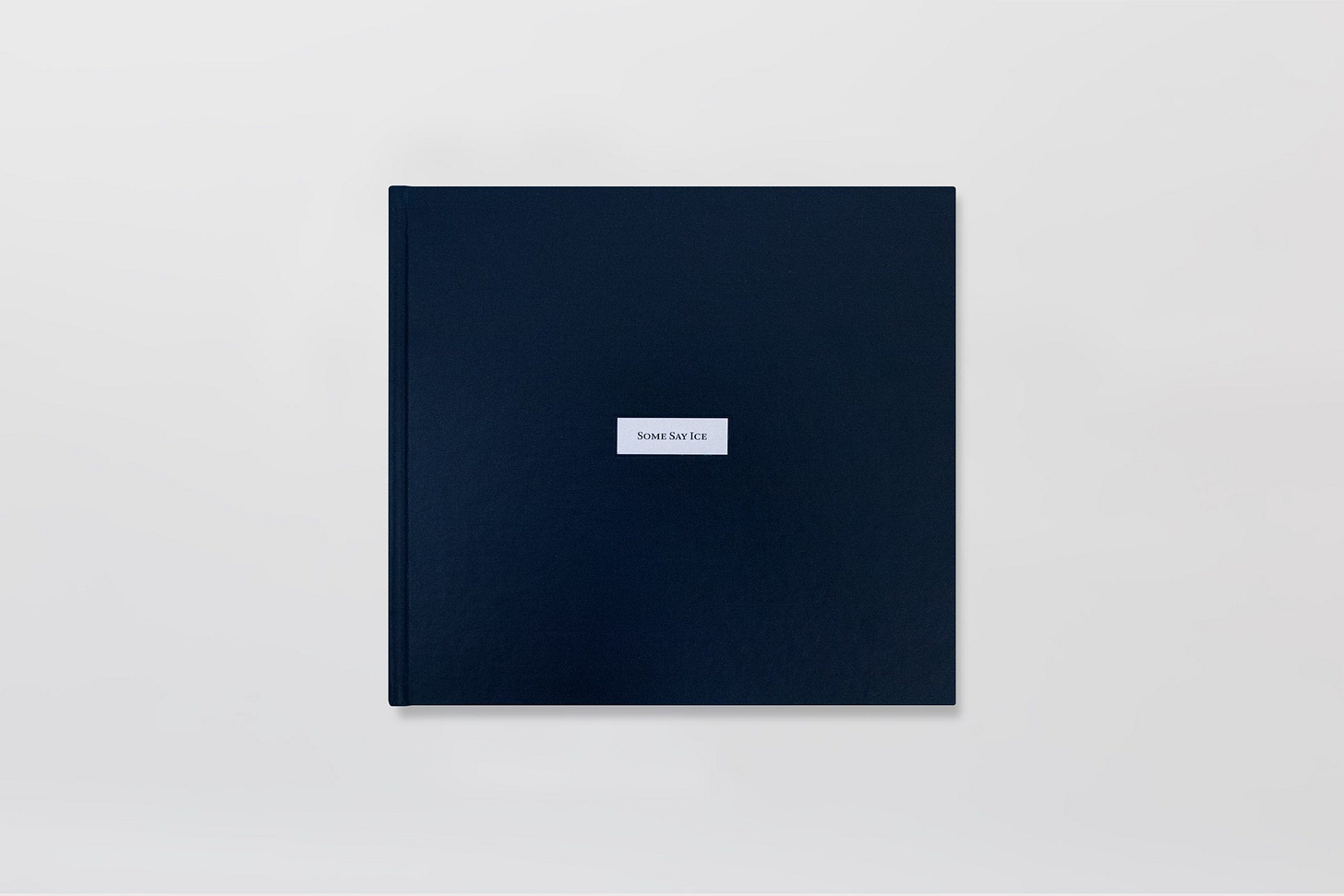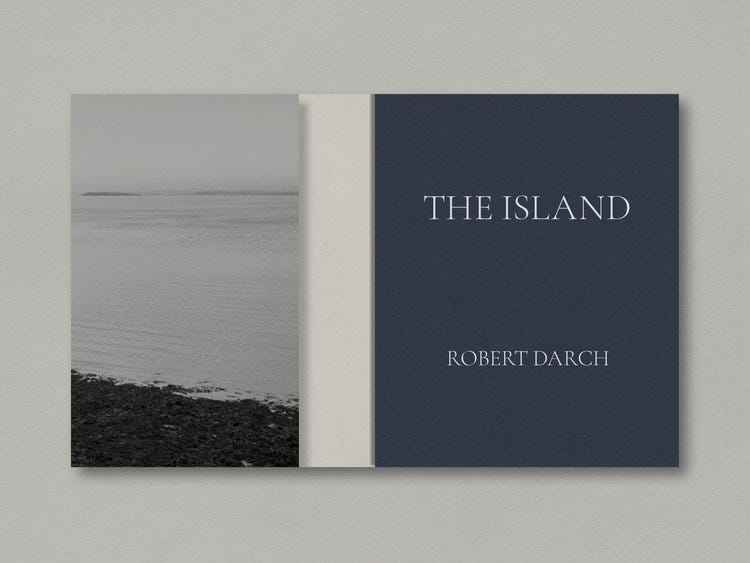Books (A guide to the photo books you should own) Part 1 of 2
Photo books you should add to your collection — fall 2022
Below is a list of the photo books that caught my attention lately, and I think you should you own. I have divided the guide into several parts due to the amount of books.
With so many incredible books being published it has been no easy task, and if you know of any books I left out, that you think I should feature, let me know.
Joselito Vershaeve: If I Call Stones Blue, it is Because Blue is the Precise Word — VOID (2022)
‘If I Call Stones Blue It Is Because Blue Is The Precise Word’ by Joselito Verschaeve interweaves black and white photographs of both day-to-day encounters and staged fictions from archives of the artist’s own work, to create visual short stories which defy conventional interpretation.
The recurring motif of the bird in many forms— as an illustration, origami creation, in- flight or emerging from sand—is interspersed with images of textured rocks, the moon and paths which lead and disappear off the page. The human presence in the images is slight— figures veiled, melding into the landscape or moving out of the frame, a grooved hand echoing the natural formation of rocks—all bit parts in the narrative.
The images have been drawn from the artist’s ever-accumulating archive, and have been selected and arranged in a rhythmic pattern, mimicking the act of writing a poem or a short novel.
Drawing upon an aesthetic born from surrealism, the project hints at personal fascinations, alongside visions of dystopia feeding upon the portent of current threats and events. Verschaeve is interested in the idea of ‘magical realism’ and the addition of something ‘extra’ into the common-place and the mundane. Taking the leap and transplanting the genre from literary fiction into black and white photography—the visual language with past associations with documentary and truth telling— Verschaeve layers a veil of poetry over the every day.
“My work leans on day-to-day encounters that are or turn narrative driven. With the idea of building an archive which can fit different themes while maintaining a certain interchangeability. With this archive gradually growing it’s possible to move around images and create new narratives.” — Joselito Verschaeve
Olivier Kervern: Fin d’Automne — Soft Copy (2022)
“Three journeys have given birth to “Fin D'Automne”; the first being a solitary one, in stages from Tokyo to Kagoshima, southernmost city in Japan. A voyage criss-crossing throughout the country, abandoned to fate and misfortunes, intuitions and stereotypes, seeking to comfort or distort the influence of books, tales, novels and films about the Japanese culture which made me yearn to travel here. I took me time to come to terms and embrace the photographs produced during this first trip.
I returned to Japan in 2018 to reunite with Nanako whom I met in Paris and who would become my wife: This second journey was dedicated to her. Instead of wandering around we stayed in Tokyo, wilful castaways, living one day at a time. I followed her around, indifferent to Japan’s singularity, penetrating the heart of her familiar spaces which kept eluding me. I found myself strolling in Naborito, which is either the name of a metro station, a borough or the river that runs through it…I never found out which is true, despite the importance of that specific place in that very moment.
The third time around, a year later in 2019, we met again in Tokyo, in a rented flat. Nanako felt like a stranger in her own city, in a neighbourhood she was discovering alongside me. I loved Sakurajosui, resembling a village, a railway running through it, with level crossings for the passing train: no sidewalks, just a thin white line separating pedestrians from traffic.
All these images were taken during these three periods, blending the intimacy and diverse distances, scales or degrees in successive layers. Photographs taken during three consecutive journeys to Japan, between 2015 and 2019. They are a testament of my elusive encounter with this singular territory.” — Olivier Kervern
Matthew Genitempo: Mother of Dogs — Trespasser Books (2022)
Mother of Dogs chronicles the artist’s early evening walks with his partner alongside the railroad tracks near their home in Marfa, Texas.
Allan Salas: The Rooted Heart Began to Change — Witty Books (2022)
“A month after the death of my grandmother, my father survived a heart attack. These painful events compelled me to flee the unbearable echoes within my home. During the following months, I wandered across the country to cope with the feelings of sorrow and existential dread. The eerie landscape I encountered became a reflection of my inner turmoil.
The silence conveyed in this universe is shattered by grief and melancholy. Its narrative unfolds as a lyrical examination of the fragility of existence. Through an atmosphere imbued with emotions, the photographs uncover the wounds inflicted by time.
Faced with mortality, the imagery of land and death develops into a poem. Between the body and the self, nature and nothingness, eternity and the ephemeral, The Rooted Heart Began to Change functions as an open diary. It illustrates an inward exploration of the spirit seeking to understand human anguish in the face of the unknown.” — Allan Salas
Phil Jung: Windscreen — TBW Books (2022)
In Phil Jung’s first monograph, Windscreen, we are positioned to peer through the windows of American cars that have seen better days. Captured on city streets, existing in a space somewhere between public and private, these car interiors are often found decrepit and empty, however each one comes alive through its inanimate details, the idiosyncratic marks of past and present owners, revealing a series of portraits without subjects.
Items both mundane and peculiar –– empty packs of Carlton cigarettes, the shattered frame of a digital Van Gogh, a Ouija board planchette –– trace the outlines of lives lived but not seen. Scum, frost, and dead insects, appearing like beautiful color field abstractions, at times prevent us from seeing inside, and then the sudden presence of a disembodied hand makes us wonder if we should be looking at all.
Shot on Kodak 4 x 5 sheet film and printed with stunning articulation, Jung’s work, in its powerful use of color and composition, stands as an achievement of photographic formalism. But most striking is Jung’s deft and poetic evocation of the American social landscape told through renderings of automotive decay.
Alessandra Sanguinetti: Some Say Ice — MACK (2022)
Since 2014, Alessandra Sanguinetti has been returning to the small town of Black River Falls in Wisconsin, creating the photographs that would come to form the stark and elliptical series Some Say Ice. The same town is the subject of Wisconsin Death Trip, a book of photographs taken by Charles Van Schaick in the late 1800s documenting the bleak hardships of the lives and deaths of its inhabitants. Sanguinetti first came across this book as a child, and the experience is engraved into her memory as her first re-ckoning with mortality. This encounter eventually led her to explore the strange relationship of photography and death, and ultimately to make her own visits to Black River Falls.
The austere, sculptural scenes and ambiguous, uneasy portraits that make up Some Say Ice depict a place almost outside of time. Presented unadorned by text or explication, the photographs are touched with the spirit of the gothic as well as the unmistakable tenderness familiar from Sanguinetti’s series The Adventures of Guille and Belinda. By bringing undercurrents of doubt and darkness to the surface of her images, Sanguinetti alludes to things absent or invisible, playing on atmospheres both real and imagined, as well as the ghostly possibility of undoing death through the act of photography. With its title inspired by Robert Frost’s famous poem equivocating on how best one’s inevitable death might be met, Some Say Ice is a humane look at the melancholic realities underpinning our lives, seen with glacial clarity by one of the world’s foremost photographers.
Andrea Modica: Theatrum Quorum — TIS Books (2022)
In "Theatrum Equorum", Andrea Modica’s interest lies in the drama of the horse – but her approach is one that completely upends expectations for such an exploration.
Jack Lueders-Booth: The Orange Line — STANLEY/BARKER (2022)
Jack Lueders-Booth's The Orange Line is a tenderly produced archive of a community that lived and worked along the southern route of Boston Public Transportation’s Orange Line: an antiquated, clattering, overhead railway that was constructed in 1901. The pavement vibrating din of this deteriorating railway, its unsightliness, its increasing crime rate, and its inefficiency depressed property values in the neighbourhoods that it served. An unintended consequence was affordable housing for this largely low-income population.
In 1985, the southern section of the Orange Line was scheduled for demolition and rerouting, which seeded fears of rising rents, possible displacement, and the loss of public transportation to metropolitan Boston. Change seemed imminent, and displacement probable.
“These photographs were made in the interest of preserving some record of the people who lived and worked along the southern stretch of Boston’s Orange Line.” - Jack Lueders-Booth
In 1970, Jack Lueders-Booth left a business career at age 35 to pursue photography. He taught photography at Harvard University from 1970 to 1999 where he was three times nominated for Harvard’s Joseph P. Levinson Memorial Award for Outstanding Teaching. He then went on to teach photography at The Rhode Island School of Design, Tufts University, The school of the Museum of Fine Arts, Boston, and The Art institute of Boston.
Robert Darch: The Island — LIDO Books (2022)
“How can photography negotiate a world where reality has become odder than fiction? Darch’s latest series, The Island, provides an answer. Landscapes and portraits together capture a country racked with tension. They are shot in black-and-white, and suffused with an almost palpable melancholy. There are mist-shrouded coves, murky hills and forlorn trees. The sea, emblematic of Britain’s decision to detach itself from its neighbours, is a persistent and forbidding presence.” — The British Journal of Photography, Joe Lloyd




